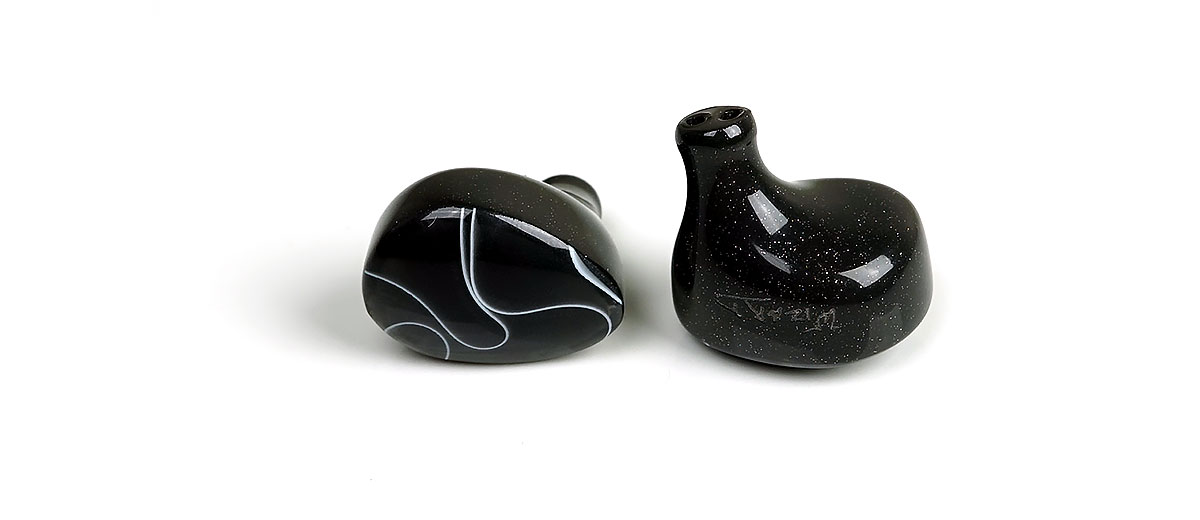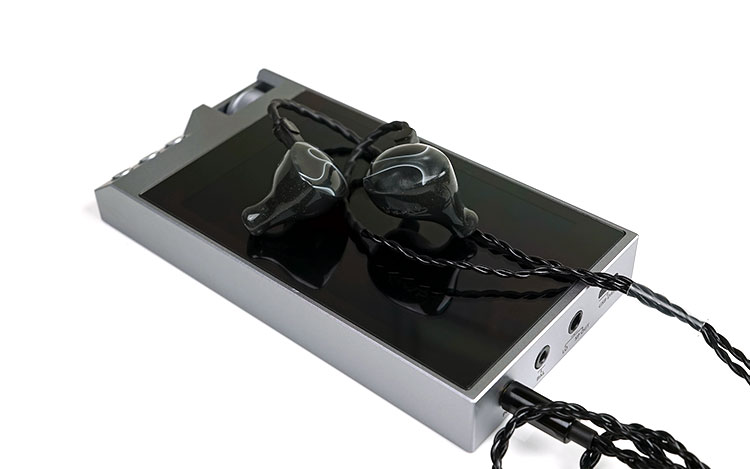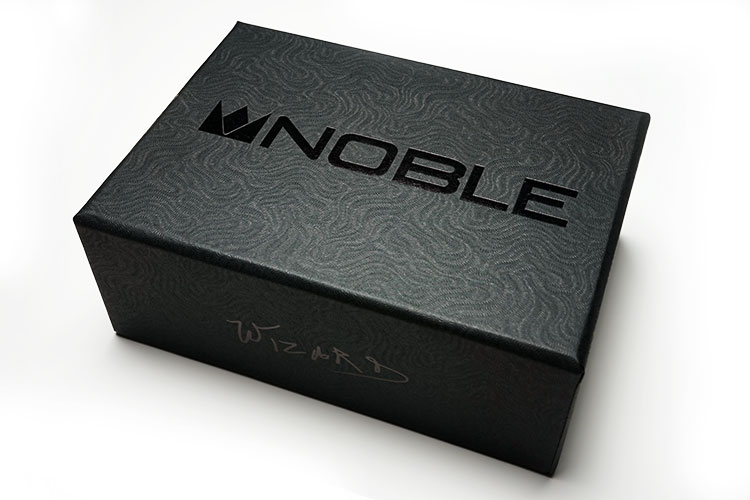Synergy
Efficiency
Squirreling away as always with Noble numbers because rarely do you get them. However, given the lineup is now fairly well established and we have gone through a number of them including the X and Savanna previously we can tell you that it is a 30-ohm rated IEM and its sensitivity levels are the same as the exact same as the Noble X.
Any discrepancy is likely going to come from the effect of tonal preference and even then it is quite marginal.
Comfortable Listening Levels
To determine if the sensitivity ratings were indeed similar to the Noble X we ran our comfortable listening tests again with the same DAPs as the X was tested on and the results were indeed a match in terms of efficiency and volume settings.
The only difference we found was the Opus#3 on its low gain setting and we feel this is likely due to the more forward high-end of the Sage compared to the laid-back X’s treble. It could well be that treble sensitivity might be a touch higher using the Sage and you will consciously be working at a slightly lower level of volume but it is marginal.
Note that a minor trace of noise was detected on the Sony ZX2 and the FiiO X7 using the AM3 card but having said that it is well within acceptable limits. On the remaining DAPs, I got a silent noise floor and blacker backgrounds.
Pairings
Preferences
Tonally the Sage will drive fairly well off most sources and does not require that much in the way of external amping. My own preference though is a natural and accurate sound with good vocal control so I tended to enjoy the Sage better with either neutral and accurate sources with decent amp output as well as one that offers a good dynamic range.
FiiO X7 & iBasso DX200
Sources such as the FiiO X7 Mark II and the iBasso DX200 were ideal for the Sage, more so than the X7 mark 1 which tended to just bring in more noise and a slightly harder sound. The new ES9028PRO implementations get that treble very right with plenty of articulation and a slightly softer attack and less glare which suits the more energetic Sage top end.
Cayin i5 & FiiO X5iii
I was also impressed with the Cayin i5 pairing. Quite apart from the low noise floors, the more aggressive presentation of the i5 injected some healthy gusto and impact in Sage’s low-end, more so than the ES chips which tended to play a bit flatter but sounded more detailed.
The FiiO X5iii also sounded quite nice though less aggressive but still with a nice injection of texture, especially in the mids that played well with the Sage.
AK240 & AK380
I was slightly less enamored with the AK240, preferring instead the smoother fuller tones of the AK380. The AK240 is quite neutral but a little brighter which tended to pair as well with the Sage, leaving it sounding a little thinner sounding.
The AK380 added more body and a slightly smoother sound to Sage’s presentation. Both have excellent detail but the AK380/Sage was that bit more natural of a pairing.
Select Comparisons
Noble Audio Savant
$799 (discontinued)
Performance
Despite the shift to new proprietary drivers the efficiency of the Savant and Sage are much the same with both volumes matching on the iBasso DX200 (comfortable range of 45-70 on low gain).
Sound
The Sage has more upper mids and treble energy than the Savant and in general, has a more neutral-sounding presentation. Vocals and percussion are more forward with a cleaner attack and overall you get a better level of headroom and spaciousness with the Sage.
Those who felt the Savant was missing a little in terms of top-end sparkle might prefer the Sage in that respect with its more audible final octave and better vocal presence.
However, the Sage is a little lighter in mid-bass quantity and not as warm sounding as the Savant. Quicker yes, more linear a little, but it doesn’t have that same mid-bass boost and general warmth the Savant delivered from its low end.
The Savant just has a little bias to generally even harmonics over the Sage so it might sound a bit more musical but if you listen carefully the low-end presence is a little softer and not as well defined as the Sage, particularly below 100Hz.
Those who enjoy a tight and snappy bass line with excellent detail and definition will go for the Sage, and those who prefer a little more boosted mid-bass warmth and a more relaxing top end might prefer the Savant.
Noble Audio X
$249 (Massdrop only)
Performance
Both the Noble X and the Sage run at very similar voltage levels so volume-wise and output power wise neither have a lick of difference between them with both 30-ohm drivers and I suspect very similar sensitivity ratings. Both of them, therefore, are more than happy running off good smartphones and improving with quality DAP sources and amp signals.
Sound
Tonally it is not hard to hear the difference, some of it is preferential but a lot is a technical performance with that tweaked bass port.
The X is generally a warm, full-sounding tonal presentation with a gently elevated bass response, a forward vocal presence around 2k-3k, and a laid-back treble performance that is smooth, musical, and fun to listen to. However, it won’t give you the extension and bite, at least not with the stock cable.
In contrast, the Sage is cleaner, and more extended in either direction with a more forward and articulate top end, neutral to forward mids, and a slightly more linear but better-defined low end.
It won’t give you the full-sounding smooth feel of the X but it’s airier and better delivers more perceptible detail as well as offering superior articulation in its mids and treble.
Earsonics ES2
EUR299.00
Performance
The ES2 is also a dual BA design rated at 26.5 ohms and 119dB and is slightly easier to drive than the Sage across smartphones and DAPs.
It’s generally a good performer though, in terms of noise and background hiss control, it does not have huge scaling potential so it is not an IEM I would be looking to use with a portable amp, unlike the Sage which tends to respond better with improved dynamics.
Sound
Tonally the ES-2 has a midbass to lower mid-range focus in presentation with a relaxed treble extension creating a smooth but slightly attenuated response.
Its almost “n” shape type response is focused heavily on a mid to upper bass elevation injecting some low-end warmth and decent impact but there is more roll-off below 100Hz so you do not get the same low-end weight of the Noble X. Combined with a shelved down top-end it lacks a lot of air and comes across as rather intimate.
In comparison, the Sage is perkier, more extended in both directions, and has an airier sound. The Sage by far sounds the more balanced and the more resolving of the two, especially in mid-range detail where the muddy presentation of the upper bass/lower mids of the ES-2 clouds vocal and instrumental clarity substantially.
The Sage also has a more forward and better-extended top-end so it sounds airier and cleaner and gives some much-needed space for the mids to deliver.
Our Verdict
I can tell The Wizard is quite proud of the new Sage. Not only does it correct some areas lacking in the Savant, but it also makes a clear distinction tonally between the Massdrop launched and cheaper X and Sage’s higher price point in the range.
The Sage low-end body is better defined than the X and extends a bit more than the Savant could at both ends. This is now a much more balanced and lively offering with a cleaner and more realistic timbre and better “pop” in its transient response.
Nothing has changed sensitivity-wise, it will still drive well out of good quality DAPs and you may have your own tonal preference in that regard but for a vocal lover like me, I couldn’t be happier with Noble’s latest tuning of this dual BA design.
Nobel Audio Sage Wizard Edition Specifications
- Unique one-off design
- 2 proprietary balanced armature drivers manufactured by Knowles© per side
- Sensitive enough for use with smartphones as well as portable amps and DAPs
- Hand-assembled, matched and finished with FDA-approved hypoallergenic lacquer
- Detachable cable with industry standard two-pin configuration (0.78 mm diameter)




